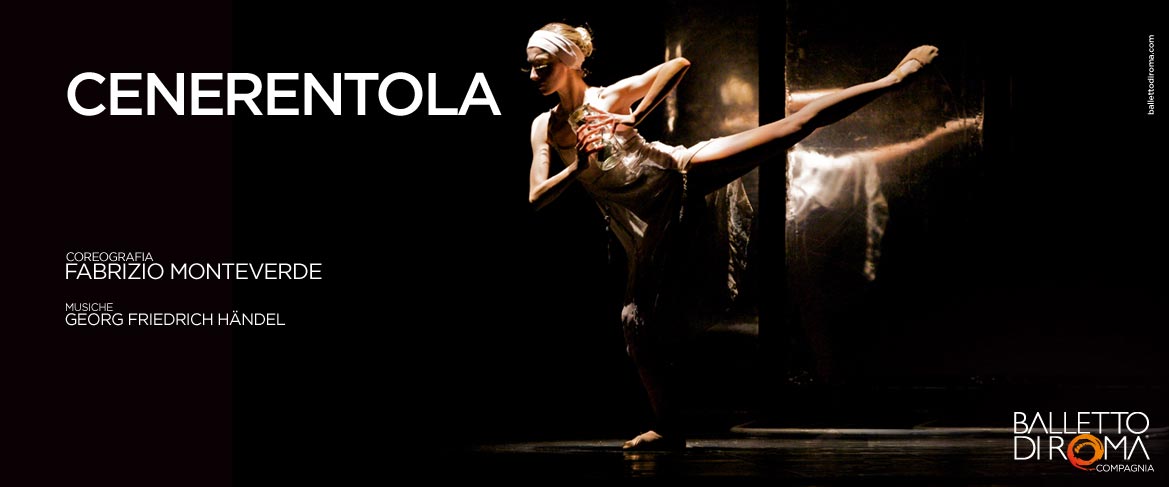Director’s notes
It all begins from the most famous of the Brothers Grimm’s tales, by drawing inspiration from one of the better known fairy tales that remind us of our childhood and then by forgetting everything about it during the ballet, save for finding it again at times. In Monteverde’s “Cinderella” the atmosphere and the setting have changed, but the true values, the unalterable ones, are still there – and they persist and triumph, not in colourful explosions or overwhelming musical passages, so overloaded and pompous, but in a few relevant passages that allow us to understand everything thanks to our human perception. A melancholic sadness, typical of the current world and unveiled by the anguish of the domestic tyranny, is perceived within the fragrance of the evening and Händel’s thrills. As to eternalise a photograph faded by the passing of time, make it live again and come alive in the present, the atmosphere is gloomy, aware, and full of psychological distress, human journeys and spirit. After a first brief reading, introspection comes dancing along, and it is by delving into that deceiving simplicity that “a tumultuous mass of complex and mainly unconscious material” emerges; “this creates a contrast between its superficial simplicity and its substantial complexity, a contrast that creates a profound interest for the story and explains how, during the centuries, it has conquered the hearts of millions of people” (from the Director’s Notes). There is also injustice, the reinstatement of that innocence and that humility destined to last forever. Perhaps we are crazy to believe in true values and in the fact that these could explode and manifest themselves in unadulterated feelings such as love and happiness; everything in the performance, from the lights, costumes and make-up to the bare set design makes us think of an insane asylum. As it is known to all, in the theatrical tradition, only the insane speak the truth, and this is the contemporary dance example.
Credits
choreography Fabrizio Monteverde music Georg Friedrich Händel scenes Fabrizio Monteverde costumes Santi Rinciari lighting designer Carlo Cerri costumes made by Sartoria Farani di Roma

